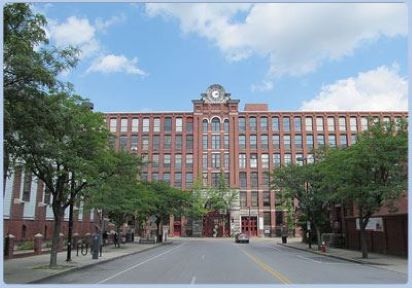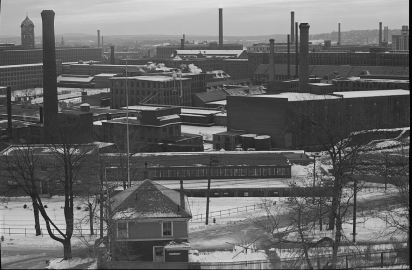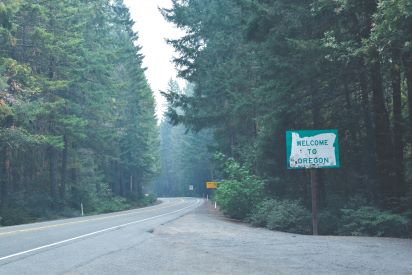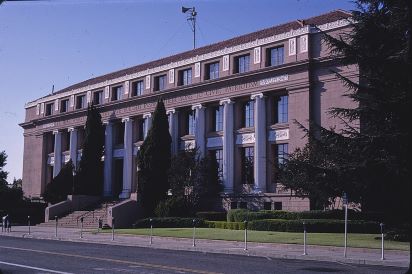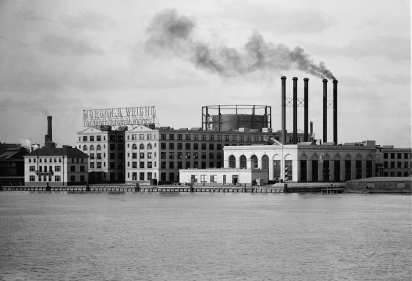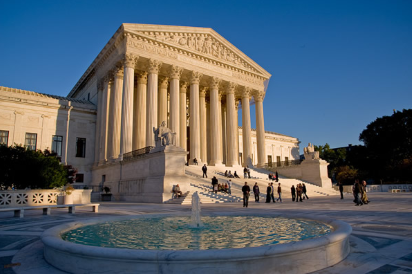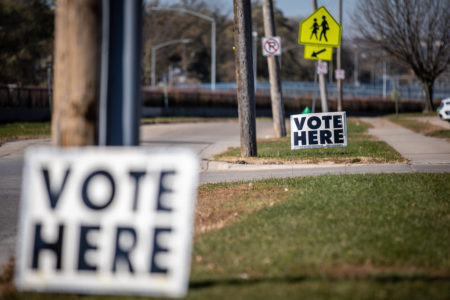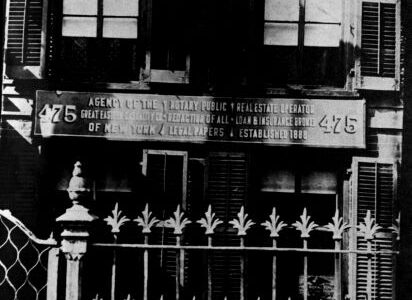
Symposium – 2023 – Access to Justice
Civil Justice at the Crossroads
Should Courts Authorize Nonlawyers to Practice Law?
by Bruce A. Green
In this Essay, Bruce A. Green describes how a 1917 misdemeanor case charted the course of civil justice in America for over a century and urges state judiciaries to change course. Instead of impeding nonlawyers from helping unrepresented people with their legal problems, as courts have done for more than a century, he argues that courts should use their regulatory authority to let certified paralegals, social workers, and other nonlawyers train to do legal work that they can capably do.

